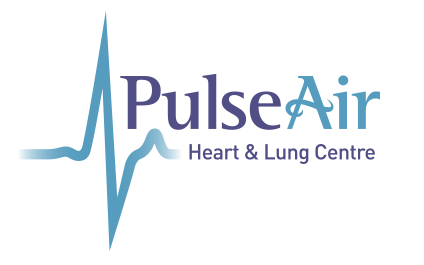Working in certain environments can expose you to things that can harm your overall lung health with different jobs putting you at a higher risk than others. This can lead to developing occupational lung diseases. It is important to know what this is, what causes it and how you can treat it, so you can be on the lookout for symptoms and make sure that your lungs are in the best condition possible.
What Is Occupational Lung Disease?
Being exposed repeatedly to certain irritants while working can cause a multitude of different lung diseases that can have a lasting effect on your health, even after the exposure ends. There are certain careers that, because of their location, work and environment, put workers at a higher risk of developing an occupational lung disease than others. Despite what many people might think, coal miners are not the only workers put at risk for this disease. For example, working in a car garage or textile factory can expose you to hazardous chemicals, dust and fibers that can lead to a lifetime of lung problems if left untreated. Different types of occupational lung diseases can include coal workers’ pneumoconiosis, also known as black lung disease, asbestosis, silicosis and farmers’ lung also known as allergic alveolitis. Occupational lung disease can also include forms of asthma, bronchitis or emphysema.
Symptoms of Occupational Lung Disease
Symptoms of occupational lung disease can vary from person to person. They depend on your work environment, type of disease and the state of your health. Symptoms can be similar to that of a common cold or the flu. They can include a dry, scratchy or sore throat, cough, fever, tight chest, chest pain, muscle or body aches or breathing problems such as shortness of breath or abdominal breathing. If your symptoms persist and seem to be occurring at work, contact your doctor.
What Causes Occupational Lung Disease?
There are many substances that can be found in the workplace that can cause this disease. One cause can be dust from items such as wood, cotton, coal, silica and talc. Even pesticides, drug or enzyme powders and fiberglass can hurt your lungs. Lastly, cereal grains, coffee particles and food flavorings used to make microwave popcorn can cause damage. Another cause for occupational lung disease can be fumes from metals that are heated too quickly. This process can result in solid particles being carried into the air. Jobs that are a good example of this include welding, smelting, furnace work, pottery making, plastics manufacturing and rubber operations.
Firefighters are at an increased risk of developing occupational lung disease as smoke from burning materials can contain a variety of particles, gases and vapors. Other jobs that are at an increased risk include those that work with gases such as formaldehyde, ammonia, chlorine, sulfur dioxide and nitrogen oxides.
Treating Occupational Lung Disease
If you think that you have occupational lung disease, you should contact your doctor. They will evaluate your symptoms and ask you questions such as when your symptoms first appeared, how often you have your symptoms, do you feel worse at work, etc. Your doctor might also ask you about your work environment and if you are exposed to anything that may be harming your lungs. PulseAir offers onsite consultations with a pulmonary physician that can help with the diagnosis and treatment of different respiratory diseases and evaluate your symptoms.
Occupational lung disease affects many people in various workplaces. If you think that you have lung disease from your job, contact your doctor or us to help get the treatment you need in order to live a healthy life.


